With the hockey and basketball seasons finishing up, baseball months away from wrapping up and with football still far over the horizon, it’s time take a break from the beginning of summer to cool off with some ice. Specifically, time to take a look at figure skating. Following the Four Continents Figure Skating Championships in Korea this past February and the World Figure Skating Championships in Sweden in March, a new world order is continuing to develop in figure skating circles, especially concerning women’s singles skaters.
Where figure skating in years past had been won by graceful, swanlike waifs, skaters today can truly be called athletes boasting routines with huge jumps, explosive speed and mind-numbing spins. The current crop of hopefuls are looking towards the 2008 International Skating Union (ISU) Grand Prix Series as a final jumping off point to cement their places on national teams looking towards the Winter Olympics in 2010 to be held in Vancouver. At this moment, no nation claims more top-class talent than Japan, which, if everyone remains healthy, should be tough to beat at all competitions between now and the Olympics.
Figure skating has seen dynasties in the past, albeit usually by one skater repeating rather than one country winning with different skaters, but Japan looks poised to build on Shizuka Arakawa’s success and bring home their second gold medal in women’s skating in 2010. With four skaters currently ranked in the top ten, Japan seems ready to dominate the next few years of Salchows, Axels and sit spins. Veteran Fumie Suguri who has recently changed coaches and has been training in Russia since early 2007, hopes to return to the form that made her the first Japanese woman to win the ISU Grand Prix Final in 2004. Yukari Nakano, who, in 2002, was one of only two women to land a triple Axel in competition, something last done by compatriot Midori Ito in the 1992 Winter Olympics.
Miki Ando, who was very heavily criticized for her poor performance at the 2006 Olympics bounced back by winning the world title in 2007, has had a bit of a yo-yo performance, twice breaking down emotionally in the 2007-08 season and skating off the ice with an injury during her free skate at the ’08 worlds, after failing twice to begin her program. Ando, currently ranked fourth in the world, is known as an energetic and athletic skater who was the first woman to ever land a quadruple Salchow in competition in 2002 and is a consistent threat when she has her act together. The clear Japanese as well as world leader at the moment, is seventeen year old Mao Asada the defending world champion.
Asada, a skater who has been able to consistently land triple Axels in competition, is probably best known for the competition she did not participate in, namely the 2006 Olympics where despite being one of the best skaters in the world, she did not compete as she was too young. Like Ando, Asada has had a bit of a tumultuous time, moving to the United States for the 2007-08 season, then staying in Japan after her second-place finish in the Grand Prix final, after supposedly finding life in the States difficult. Throughout the rest of the season, she competed without a coach, but this did not seem to have any effect on her on-ice performances as she routed the field at the recent Four Continents Championships in South Korea and secured her first world title a month later this past March.
Asada is currently screening new coaches and should remain a force to be reckoned with in the upcoming Grand Prix events. The rest of the skating world is certainly not going to roll over and give the medals to the Japanese; there is strong competition out there. Number two in the world seventeen-year old Korean Yu-Na Kim is the first Korean to win an ISU Championship and is looking for more victories with her new coach, two-time Olympic medallist, Brian Orser. Carolina Kostner, ranked number three in the world, became the first Italian skater to win the European Championships and finished with the silver medal at the 2008 World Championships and is hungry for a win on the world stage. Rounding out the main players is number-five ranked American Kimberly Meissner who is looking to bring US skaters back to the forefront of world competition. Looking forward, the current crop of female singles skaters should continue to heat things up in the upcoming World Grand Prix and World Championships in what is likely to be a look at the skating world order for the foreseeable future.
Story by James Souilliere
From J SELECT Magazine, June 2008

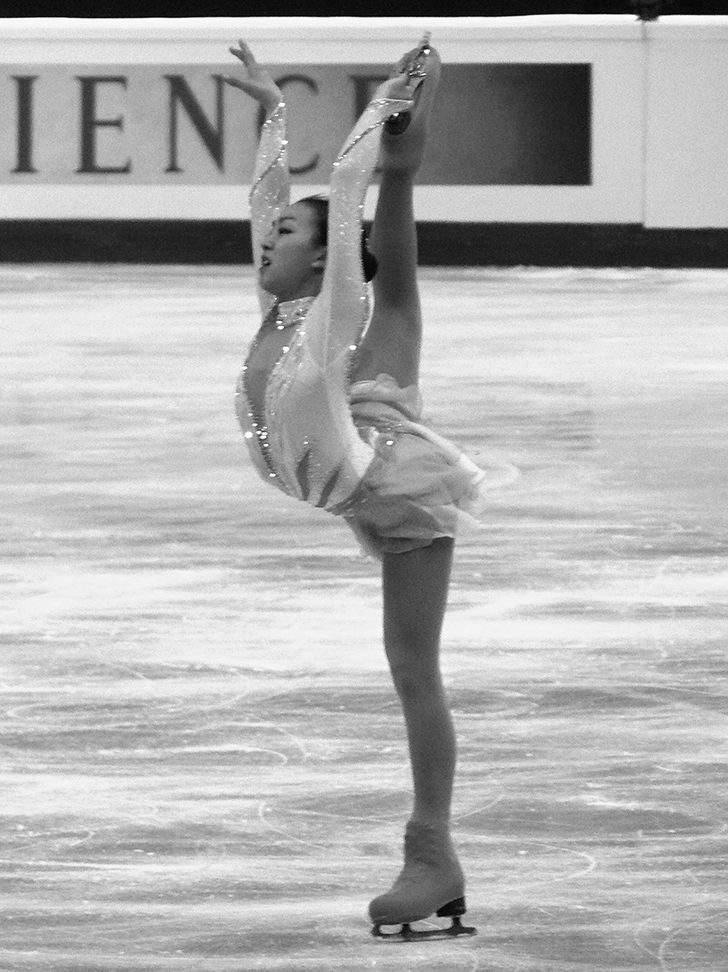



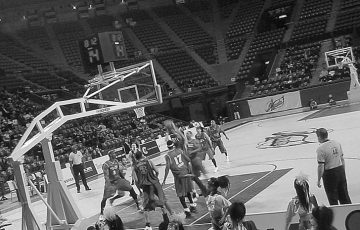
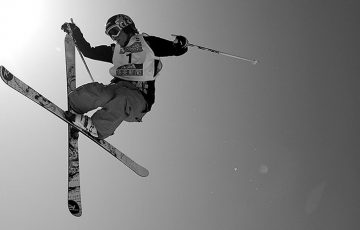

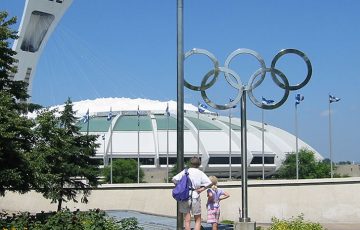
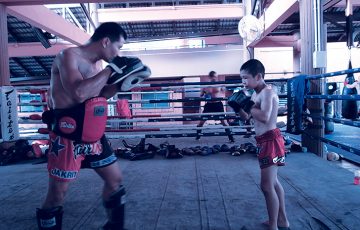

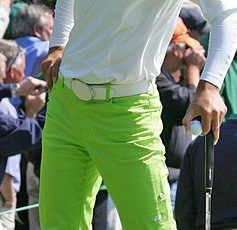



Recent Comments